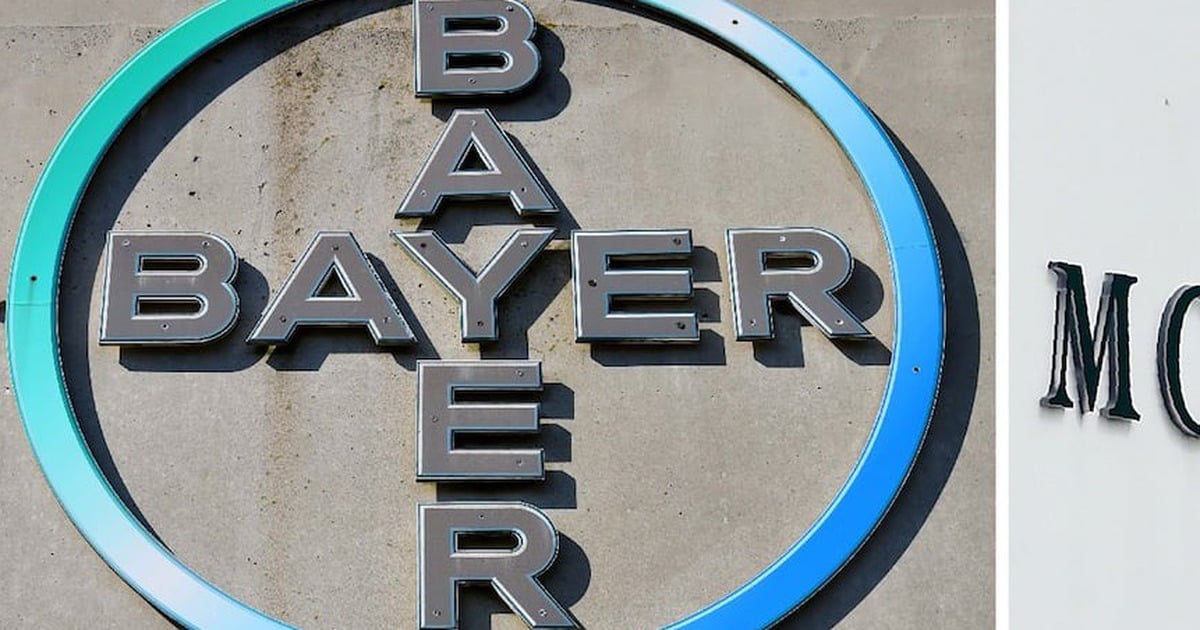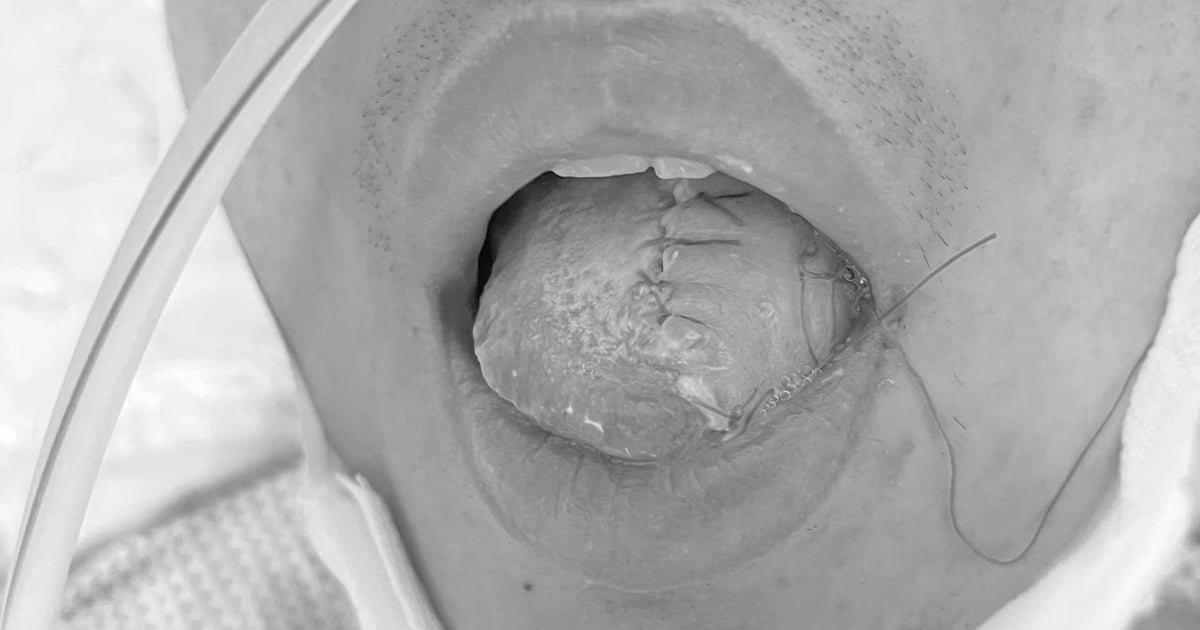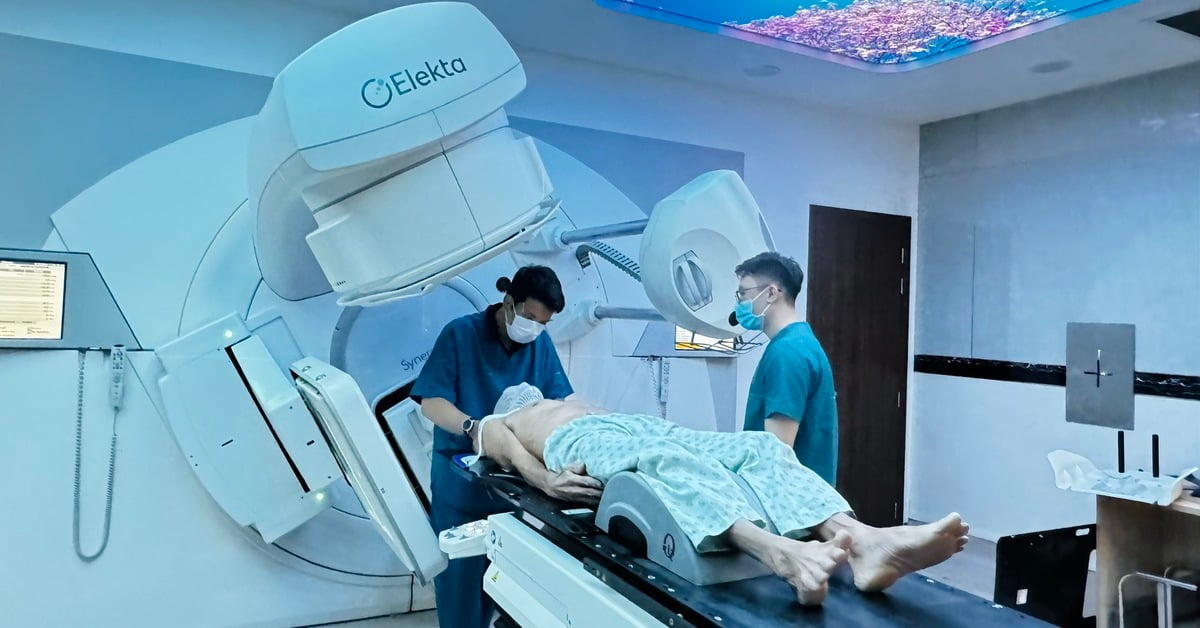Gallbladder polyps include many types such as cholesterol polyps, inflammatory polyps, and adenomatous polyps, each with different shapes, sizes, and risks of malignancy.
Gallbladder polyps are abnormal growths of tissue that protrude from the inner lining of the gallbladder, often discovered incidentally during routine abdominal ultrasound or gallbladder removal surgery to treat stones.
Master, Doctor, CKII Tran Hieu Nhan, Center for Endoscopy and Gastrointestinal Endoscopic Surgery, Tam Anh General Hospital, Ho Chi Minh City, said that most gallbladder polyps are benign, rarely leaving complications or infections, only about 5% progress to cancer. Gallbladder polyps are divided into the following 4 types.
Cholesterol polyps
Cholesterol polyps account for 60-90% of detected gallbladder polyps, according to Dr. Nhan. Polyps are smaller than 0.1 cm in size, often appear in large numbers, and have a low risk of malignancy.
Inflammatory polyps
Inflammatory polyps are uncommon, accounting for about 10% of gallbladder polyps. This type is the result of granulation tissue and fibrosis secondary to chronic inflammation. Inflammatory polyps are usually smaller than 0.1 cm in size and rarely progress to malignancy.

Doctor Hieu Nhan re-examined the patient in November 2023. Photo: Tam Anh Hospital
Adenomatous polyp
Adenomatous polyps are benign but also have the potential to become malignant. Lesions usually exist as single, pedunculated or sessile lesions, measuring 0.5-2 cm, and may be associated with gallstones or chronic cholecystitis.
Adenomatous polyps are most often discovered incidentally in cholecystectomy specimens or during preoperative imaging studies. Histologically, adenomatous polyps are usually tubular or papillary in shape.
Adenomatous hypertrophic polyp
This type of polyp forms inside the gallbladder without inflammation, mainly occurring in middle age, the incidence increases with age. Adenomatous hypertrophic polyps are precancerous lesions.
Gallbladder polyps come in many forms, but most are not worrisome. If the diagnosis shows abnormal polyp growth, with a high risk of developing into cancer, the doctor will recommend gallbladder removal.

Gallbladder polyps can progress to cancer, causing severe abdominal pain. Photo: Freepik
Doctor Nhan noted that gallbladder polyps cannot disappear on their own, but instead have the risk of increasing in size and number over time. Most cases have no obvious symptoms, only when the polyps block the bile ducts leading to inflammation and pain. Currently, medicine still has no way to remove polyps except surgical removal.
Most gallbladder polyps are benign, but they can still become malignant. Early detection and treatment are very important. Doctors recommend that everyone should take the initiative to have regular health check-ups.
Le Thuy
| Readers ask questions about digestive diseases here for doctors to answer |
Source link



![[Photo] "Beauties" participate in the parade rehearsal at Bien Hoa airport](https://vstatic.vietnam.vn/vietnam/resource/IMAGE/2025/4/11/155502af3384431e918de0e2e585d13a)
![[Photo] Looking back at the impressive moments of the Vietnamese rescue team in Myanmar](https://vstatic.vietnam.vn/vietnam/resource/IMAGE/2025/4/11/5623ca902a934e19b604c718265249d0)




























![[Photo] Summary of parade practice in preparation for the April 30th celebration](https://vstatic.vietnam.vn/vietnam/resource/IMAGE/2025/4/11/78cfee0f2cc045b387ff1a4362b5950f)


























































Comment (0)